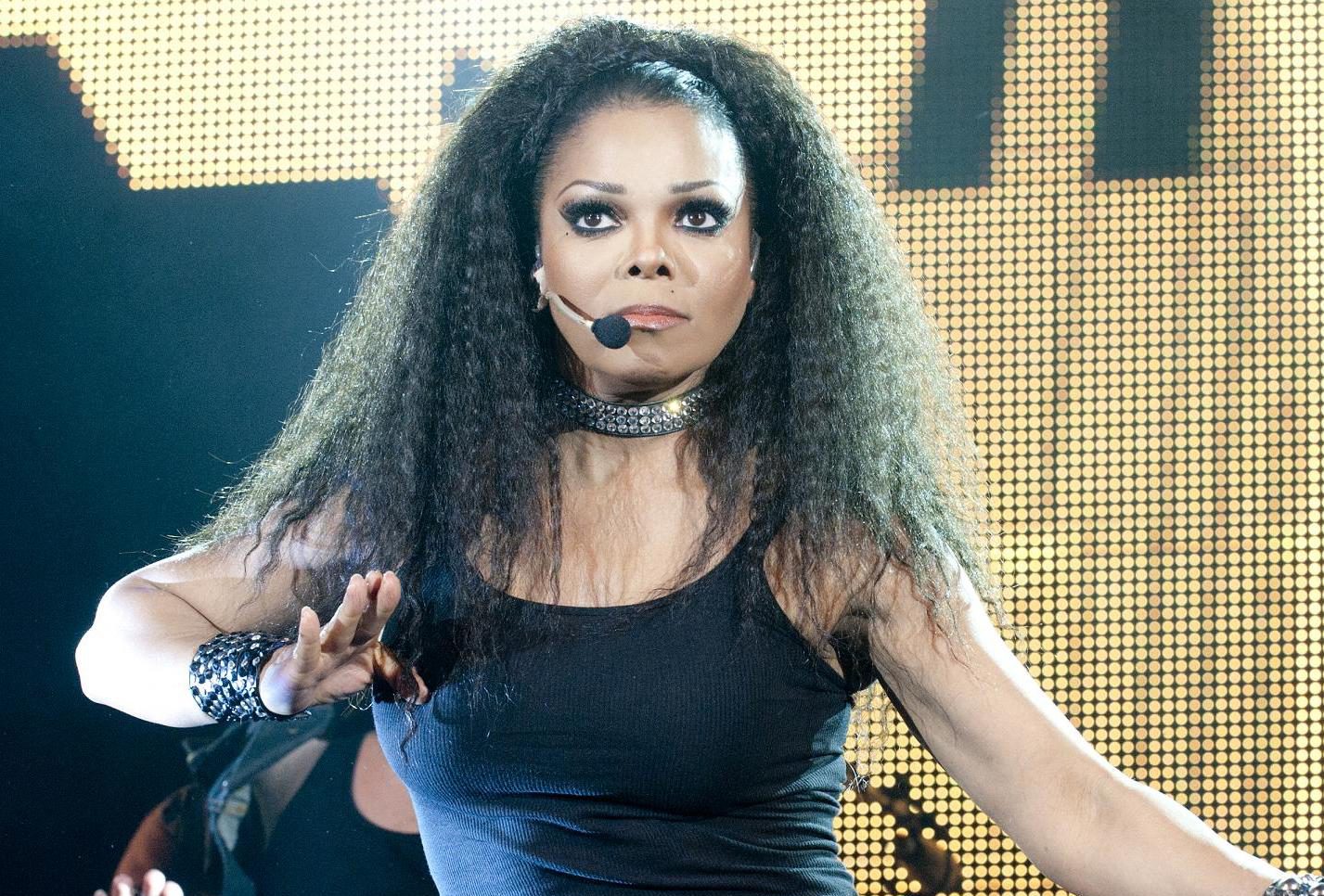
Hollywood’s most admired women were killing themselves one cigarette at a time. Behind cameras and away from fans, stars consumed up to 120 cigarettes daily. Audrey Hepburn started at fifteen while Barbara Stanwyck began at just nine years old. Their glamorous images hid the yellowing teeth and deteriorating health.
The price of this addiction was steep and often fatal. Explore how these 25 iconic actresses balanced their public image with a habit that ultimately destroyed many of them.
25. Irene Ryan
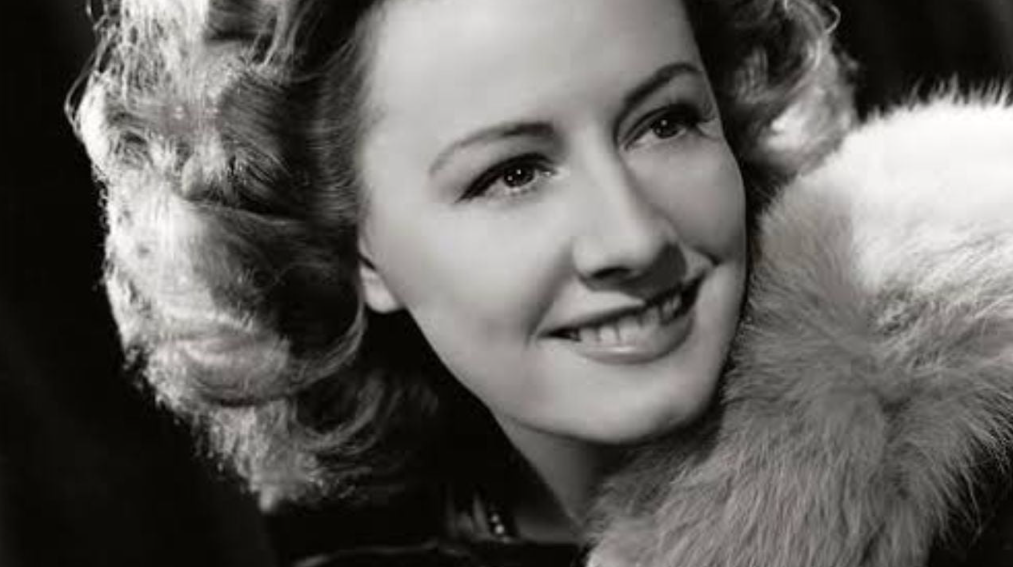
As the spirited Granny on The Beverly Hillbillies, Irene Ryan captivated audiences nationwide while concealing a serious cigarette habit that worried her co-stars. Max Baer Jr. often observed her lighting one cigarette from the embers of another, a practice that continued throughout her career. Health consequences eventually surfaced when Ryan suffered a stroke in her early 70s, followed by diagnoses of an inoperable brain tumor and heart disease. These conditions ultimately led to her passing, creating a stark contrast between her vibrant on-screen persona and private health struggles. What you see in those classic episodes masks a sobering reality—the tobacco culture of 1960s television claimed numerous stars who entertained millions while battling addiction behind the scenes.
24. Jackie Kennedy
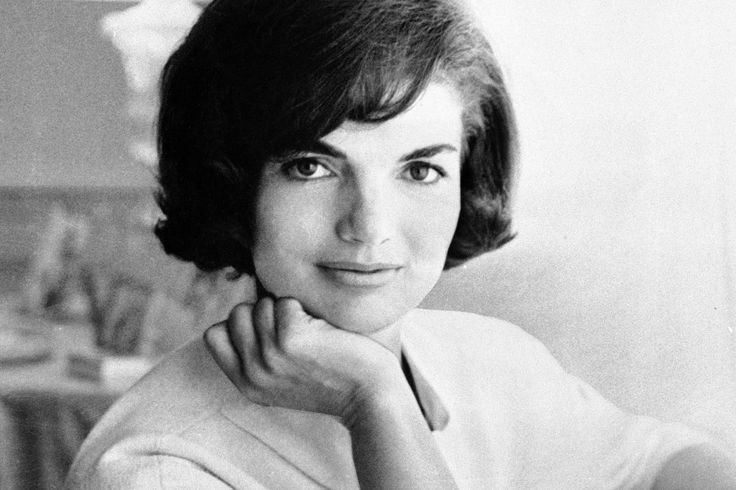
For over 40 years, Jackie Kennedy meticulously avoided being photographed with cigarettes while privately consuming three packs daily. This careful image management preserved her status as an emblem of American elegance despite her substantial nicotine dependency. Kennedy’s dedication to preserving American history manifested through her White House renovation projects and passionate advocacy for the arts. The contradiction between her polished public persona and concealed addiction illustrates the complex reality behind carefully crafted public images of the era. Next time you tour the White House, remember that its elegant redesign came from a woman whose impeccable public image concealed one of history’s most successful examples of addiction hiding in plain sight.
23. Audrey Meadows
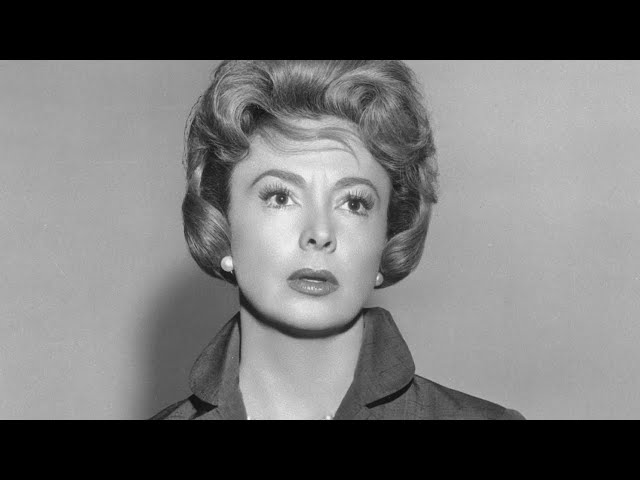
Sharp-tongued Alice Kramden from The Honeymooners came to life through Audrey Meadows’ memorable performance, while off-screen she battled health issues stemming from years of heavy smoking. Following her lung cancer diagnosis, Meadows chose comfort care over aggressive treatments, approaching her final days with characteristic dignity. Few fans knew about her remarkable linguistic abilities, including fluency in Chinese that demonstrated intellectual depths beyond her comedic talents. Meadows passed away in 1996, leaving behind a curious legacy detail—her headstone contains an incorrect birth year, adding an unexplained footnote to this television pioneer’s life story. Her final decision to prioritize quality over quantity of life reflected the same practical wisdom that made her portrayal of Alice resonate with working-class audiences struggling with similar tough choices.
22. Marlene Dietrich

Cigarettes became inseparable from Marlene Dietrich’s sophisticated screen persona, with the prop often elegantly poised between her fingers to enhance her cinematic mystique. Reports suggest her consumption reached up to 50 cigarettes daily, making her smoking habit as extravagant as her performances. Many Hollywood contemporaries shared this cultural connection with tobacco, reflecting an era when cigarettes symbolized sophistication rather than health hazards. Dietrich transformed an ordinary habit into an art form that complemented her enigmatic appeal on screen. Those iconic images of Dietrich with smoke curling around her face influenced generations of fashion photographers who still reference her distinctive silhouette when trying to capture mysterious feminine power.
21. Vivien Leigh
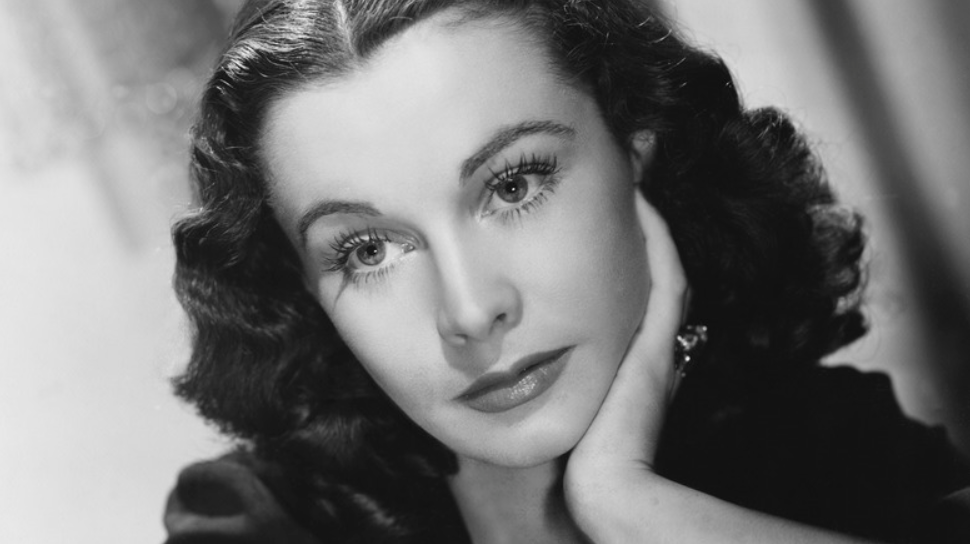
Pressure from portraying Scarlett O’Hara drove Vivien Leigh to consume four packs daily during Gone With the Wind’s production. Her co-star Clark Gable maintained a similar chain-smoking habit throughout filming, reflecting the era’s reliance on nicotine for stress management. During production, Leigh suffered a heartbreaking miscarriage that compounded the already immense professional demands. These combined stressors exacerbated her bipolar disorder, a condition that would continue to affect her throughout her life. Next time you watch her declare “I’ll never be hungry again,” remember those passionate words came from an actress literally burning herself out to create cinema’s most enduring female character—a performance that cost far more than audiences could possibly imagine. Just like many of the worst chain-smokers in Hollywood.
20. Barbara Stanwyck
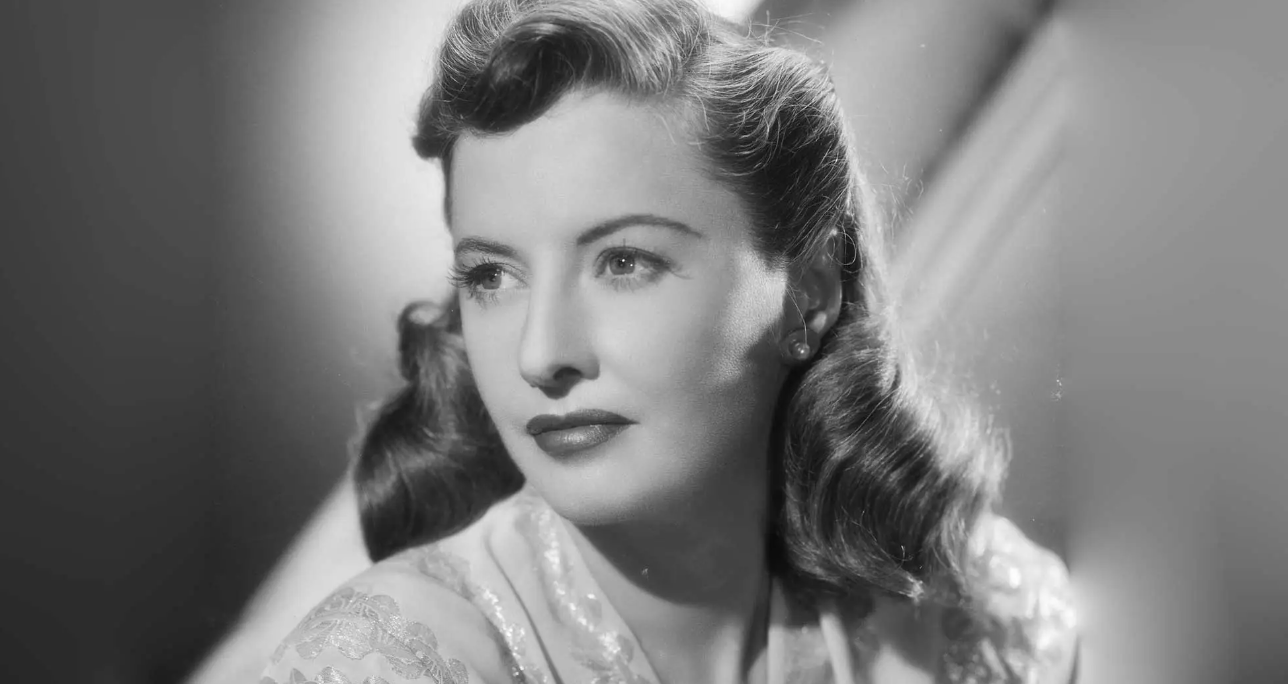
Beginning her smoking habit at the remarkably young age of nine years old, Barbara Stanwyck developed a lifelong relationship with nicotine that originated in Broadway’s chorus lines. A traumatic home invasion in 1981 later affected her already compromised health, adding personal trauma to physical challenges. While filming The Thorn Birds, heavy special effects smoke exacerbated her chronic bronchitis, combining with decades of tobacco use to worsen her respiratory condition. Stanwyck ultimately succumbed to congestive heart failure and COPD, illnesses directly influenced by her lifetime of smoking and exposure to irritants. Her body literally paid the interest on a childhood debt to nicotine, with each breath in her final role becoming a painful testament to how early-life decisions can echo decades later.
19. Lara Turner
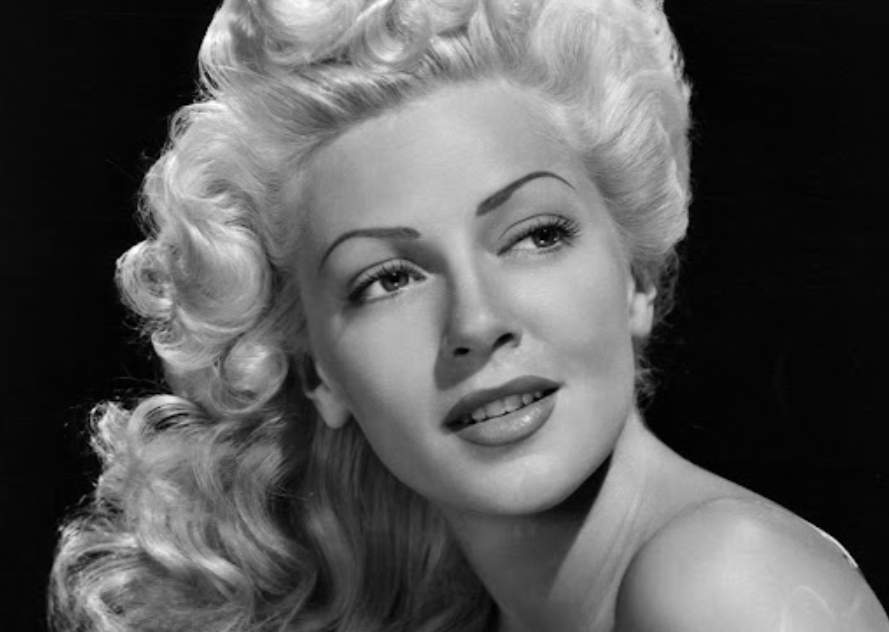
Throughout Hollywood’s Golden Age, Lana Turner’s glamorous presence dominated screens while her personal life encompassed numerous challenges including failed marriages and alcoholism. Her heavy smoking eventually resulted in throat cancer, fundamentally altering her final years. Significant weight loss followed, ultimately necessitating a feeding tube—creating a stark contrast to her previously vibrant image. Turner’s story illustrates how the glamorized habits of Hollywood’s golden era often led to severe health consequences that transformed stars’ later lives. The tubes and medical equipment surrounding Turner in her final days created a haunting epilogue to a life story built on surface beauty—a stark reminder that Hollywood’s sparkling façade often concealed devastating human costs.
18. Suzanne Pleshette
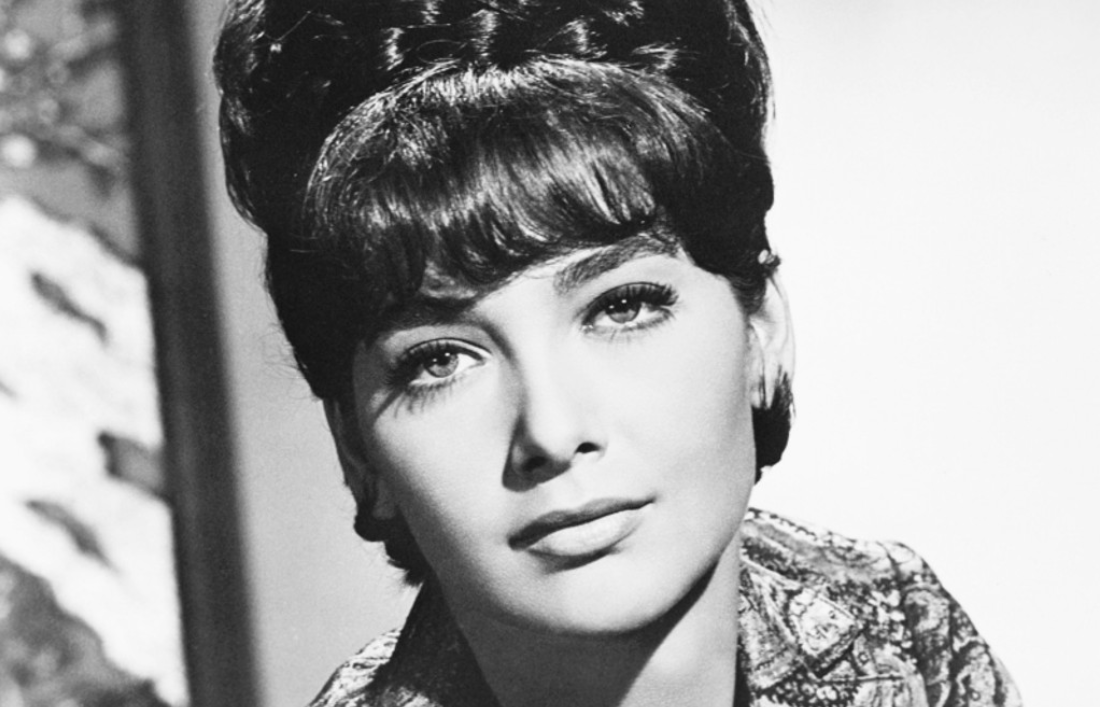
Unmistakable vocal qualities made Suzanne Pleshette instantly recognizable across television and film, while her lengthy smoking habit remained a consistent aspect of her life. Following her 2006 lung cancer diagnosis, doctors removed a portion of her lung in an unsuccessful attempt to combat the aggressive disease. Pleshette died in 2008, leaving behind performances that showcase her considerable talents across comedy and drama. Her story serves as a poignant reminder of smoking’s potential health consequences during an era when many performers maintained similar habits. If you still catch yourself smiling at her witty exchanges with Bob Newhart, you’re experiencing the bittersweet legacy of a voice that tobacco ultimately silenced decades before its natural time.
17. Tallulah Bankhead
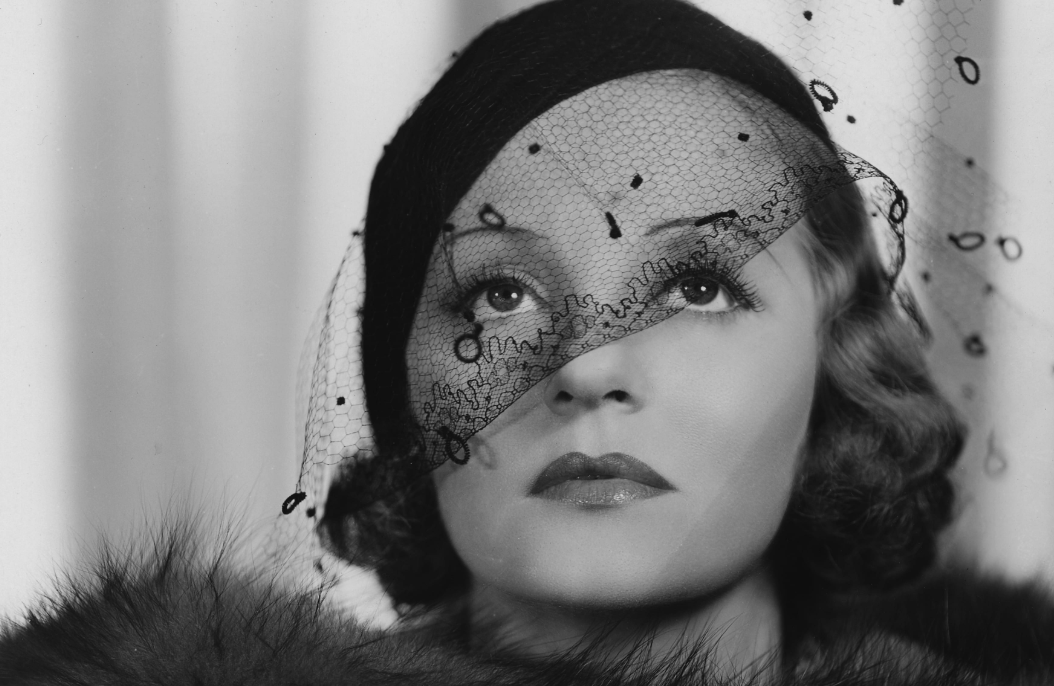
Dramatic flair characterized Tallulah Bankhead’s approach to both performance and personal habits, particularly her extraordinary smoking that reportedly reached 120 cigarettes daily. With characteristic candor, Bankhead documented her experiences and indulgences in her autobiography, never hiding the excesses that defined her larger-than-life persona. Despite early career success, her health gradually deteriorated from the combined effects of smoking, poor nutrition, and her generally excessive lifestyle. Pneumonia eventually claimed her life, concluding the story of one of entertainment’s most colorful personalities. Her famous declaration “darling, the only thing I regret about my life are the things I didn’t do” takes on tragic irony considering those cigarettes—the one excess she should have left undone—likely hastened her final exit from life’s stage.
16. Kathleen Turner
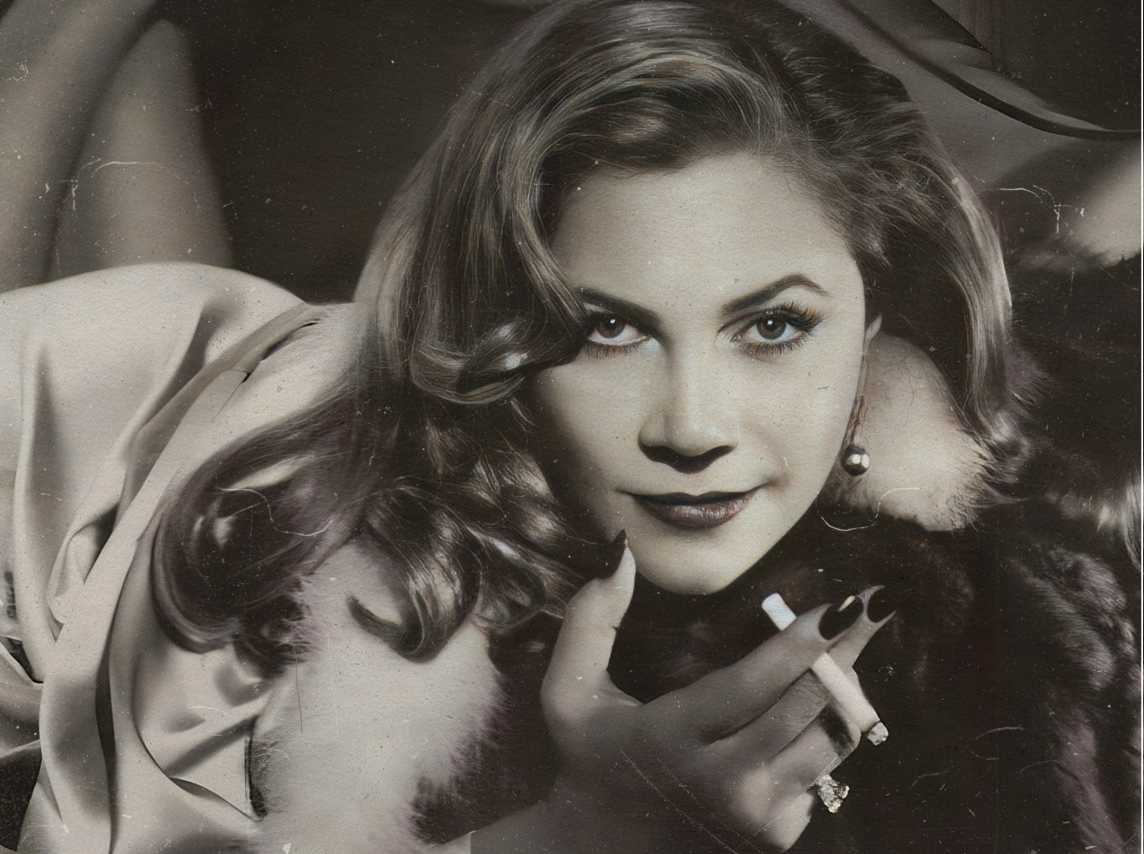
Remarkable candor distinguishes Katharine Turner’s discussions about personal experiences, including her history with smoking, drinking, and intimate relationships. This authentic approach complemented the fearlessness she brought to performances in films like Body Heat and Romancing the Stone. Turner’s distinctively husky voice became one of her most recognizable traits, helping establish her unforgettable presence in Hollywood. Her willingness to discuss life’s realities openly contrasted with many celebrities who maintained carefully sanitized public images. While other stars carefully constructed fairy tales about their lives, Turner’s refreshing truth-telling created a genuine connection with audiences tired of Hollywood’s polished lies—giving permission to generations of fans to embrace their own complicated realities.
15. Julie London
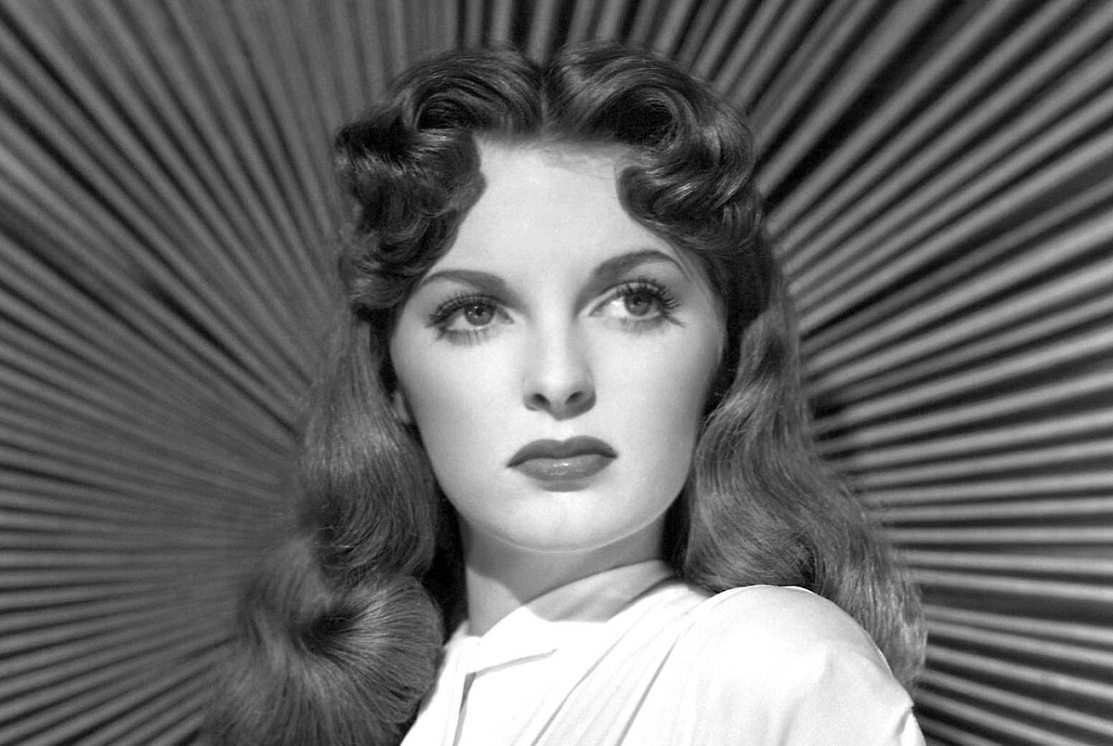
Smoky vocals defined Julie London’s musical style, developing alongside her reported three-pack daily habit that spanned many years. This addiction ultimately contributed to serious health issues including a stroke and lung cancer diagnosis. London died from cardiac arrest, her passing highlighting the serious health consequences that frequently accompanied the glamorized smoking culture of her era. Her rendition of “Cry Me a River” remains a definitive recording that showcases the distinctive vocal quality that made her famous. The very cigarettes that helped create her signature sound eventually silenced it—a cruel paradox where the instrument of her artistic expression became the weapon of its destruction.
14. Lucille Ball
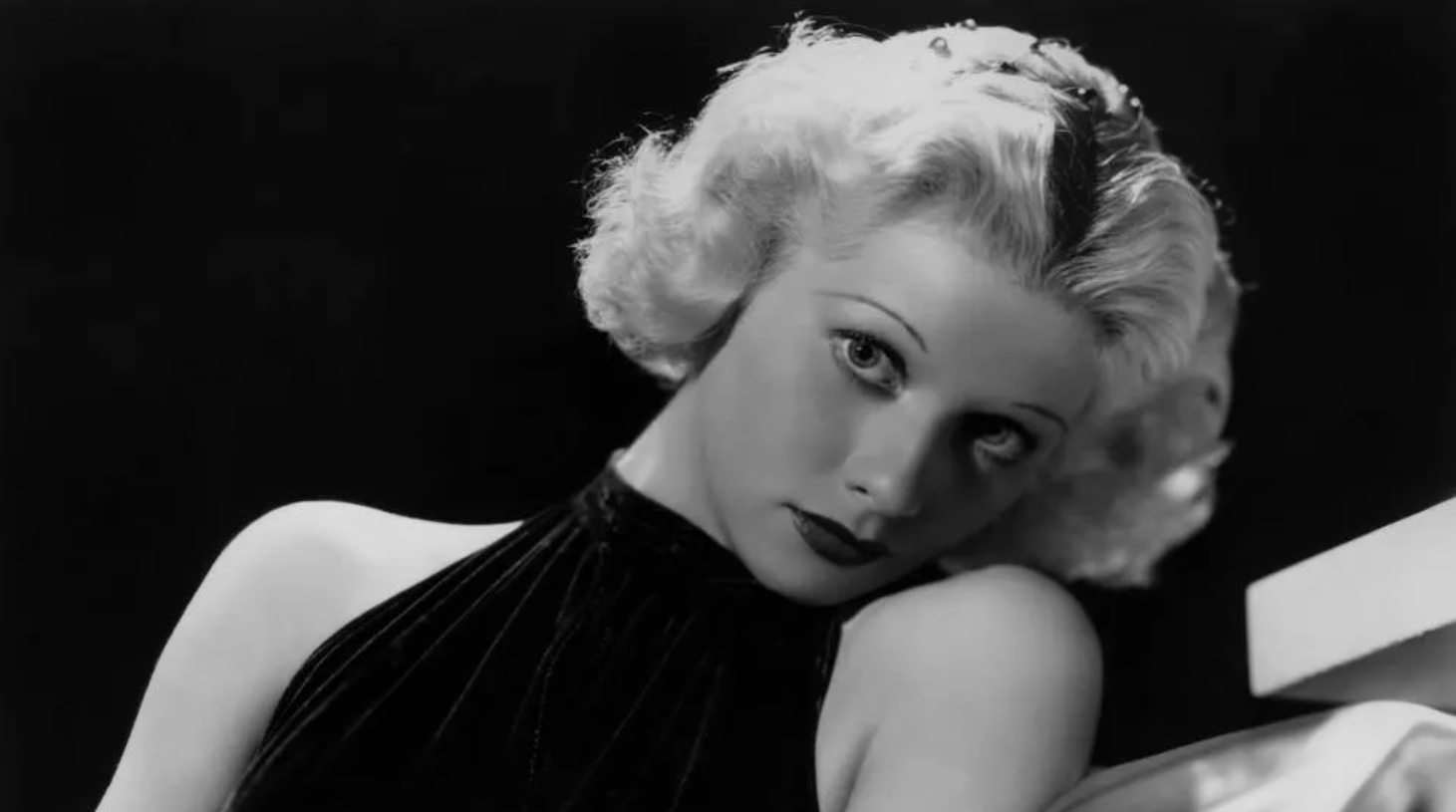
Youth introduced Lucille Ball to smoking, establishing a habit that continued throughout her groundbreaking television career. Her Chesterfield cigarette endorsement created professional complications when she personally preferred a different brand. Ball once cleverly hid her preferred cigarettes from a Philip Morris representative, demonstrating the quick thinking that characterized her comedy. This resourcefulness extended beyond performances, influencing how she navigated both career and personal challenges. You’ve probably laughed at Lucy’s chocolate factory antics without realizing her real-life comic timing was honed dodging tobacco brand representatives—her off-screen cigarette shell game requiring the same split-second decisions that made her America’s most beloved redhead.
13. Bette Davis

Consuming four packs daily, Bette Davis approached smoking with the same dedication she brought to her craft throughout her storied career. With meticulous attention to detail, she incorporated smoking into performances, using cigarettes to enhance character development in her films. Five consecutive Oscar nominations demonstrated her exceptional talent that transcended any personal habits. Despite professional success, years of heavy tobacco use contributed to her declining health in later life. Her iconic cigarette gestures became so inseparable from her acting technique that generations of drag performers still mimic her distinctive flick-and-draw motion when paying homage to Hollywood’s most formidable female force.
12. Amanda Blake
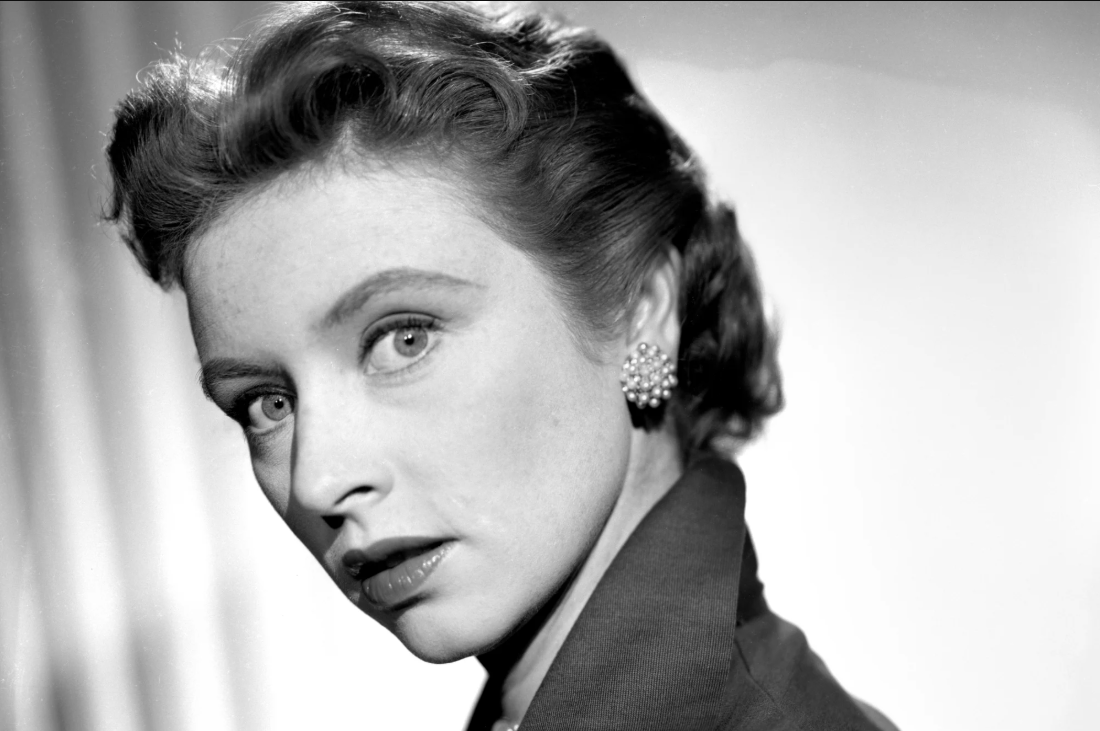
While portraying the strong-willed Miss Kitty on Gunsmoke, Amanda Blake privately battled an addiction of two to three packs daily that eventually led to oral cancer requiring surgery. Following treatment, Blake transformed her experience into passionate advocacy for cancer awareness and prevention programs nationwide. She courageously testified before a House subcommittee, sharing her emotional journey and smoking’s devastating health impacts. Her testimony helped advance public understanding of tobacco risks during a period when such discussions remained uncommon. Where most celebrities of her era kept health struggles hidden behind publicist-crafted statements, Blake’s raw vulnerability before Congress transformed personal tragedy into legislation that potentially saved countless lives you’ll never know about.
11. Audrey Hepburn
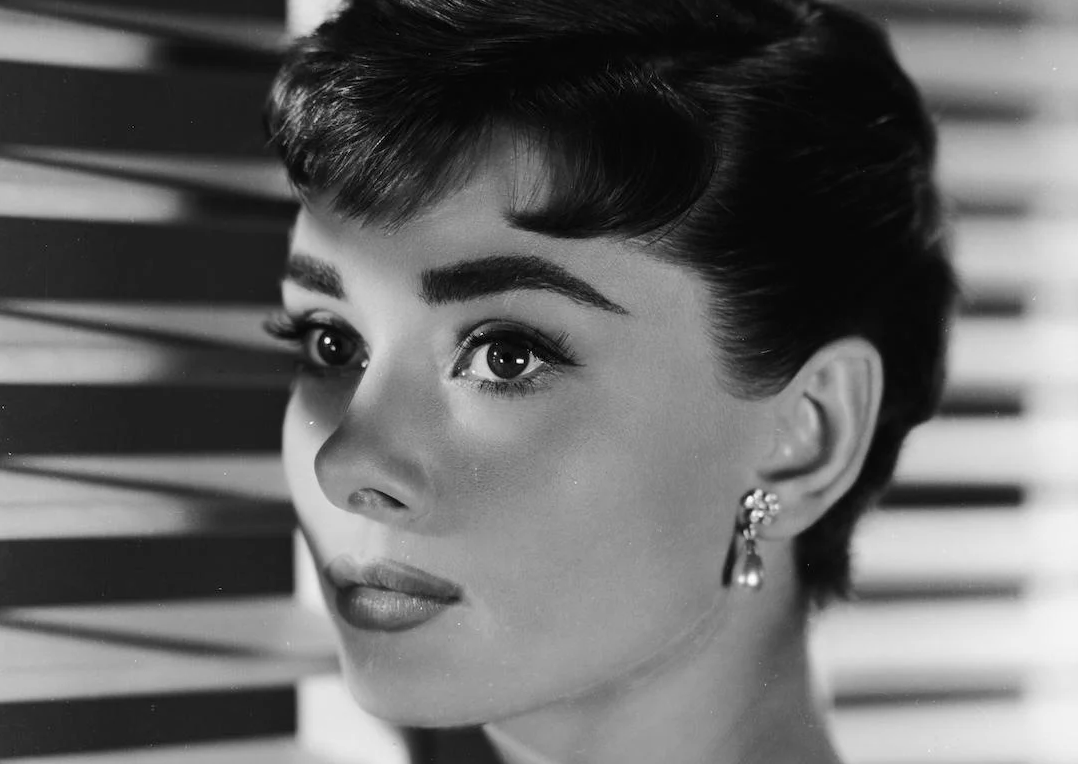
Beginning around age 15, Audrey Hepburn developed a smoking habit that eventually reached three packs daily, preferring Gold Flake and later Kent brands. Years of tobacco use caused noticeable yellowing of her teeth, creating a rare imperfection in her otherwise immaculate appearance. Medical experts have speculated about connections between her smoking and the appendix cancer that ultimately claimed her life, though definitive proof remains elusive. Her public image rarely acknowledged this habit, maintaining the pristine presentation that defined her career. That breakfast at Tiffany’s you’ve admired for its style and grace actually featured a woman who needed a cigarette between takes just to function—a sobering reminder that even the most seemingly perfect lives often conceal complicated dependencies.
10. Greta Garbo
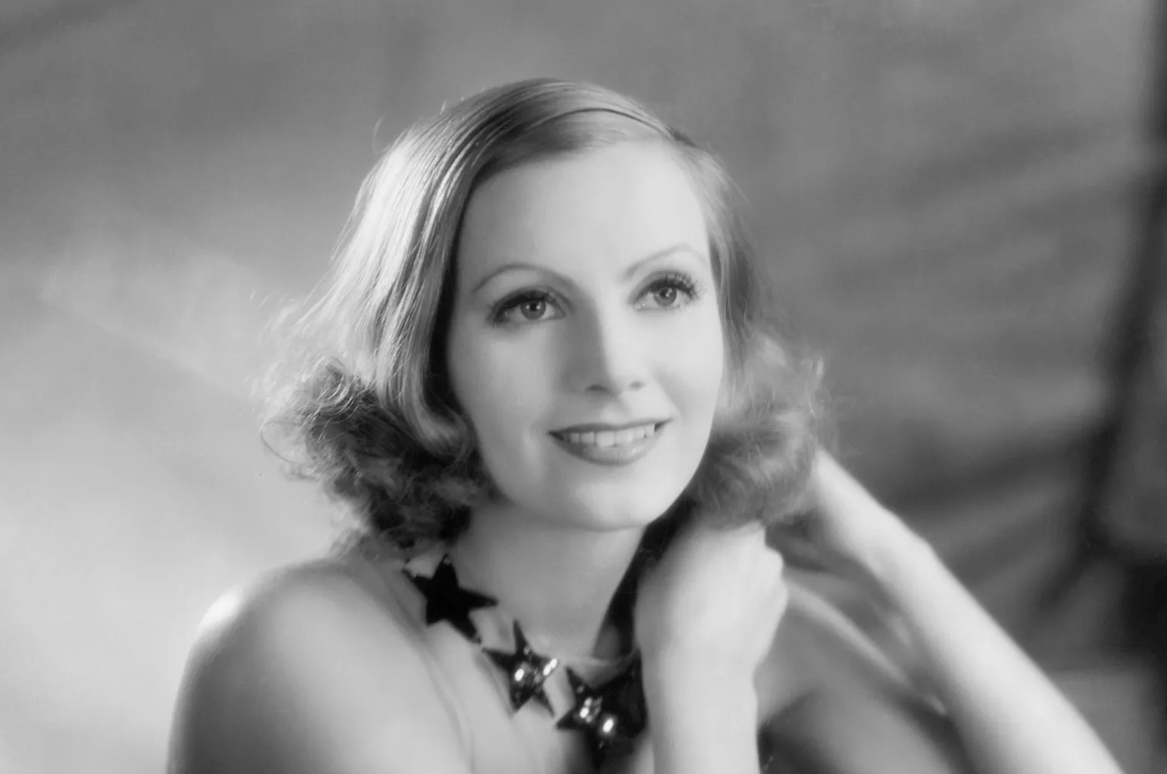
Enigmatic screen presence defined Greta Garbo’s career, with cigarettes becoming an essential element of her sophisticated persona. Often using an elegant holder, she transformed smoking into a signature component of both on-screen and personal appearances. This carefully cultivated aesthetic became inseparable from her public identity while enhancing the mystery surrounding this notoriously private star. Her reluctance to engage with publicity created an aura of intrigue that few Hollywood figures have matched. Garbo’s calculated incorporation of smoking into her mystique demonstrated genius-level image management—pioneering visual character development techniques still studied in acting schools whenever directors explain the difference between merely smoking on camera and using tobacco as visual poetry.
9. Joan Crawford
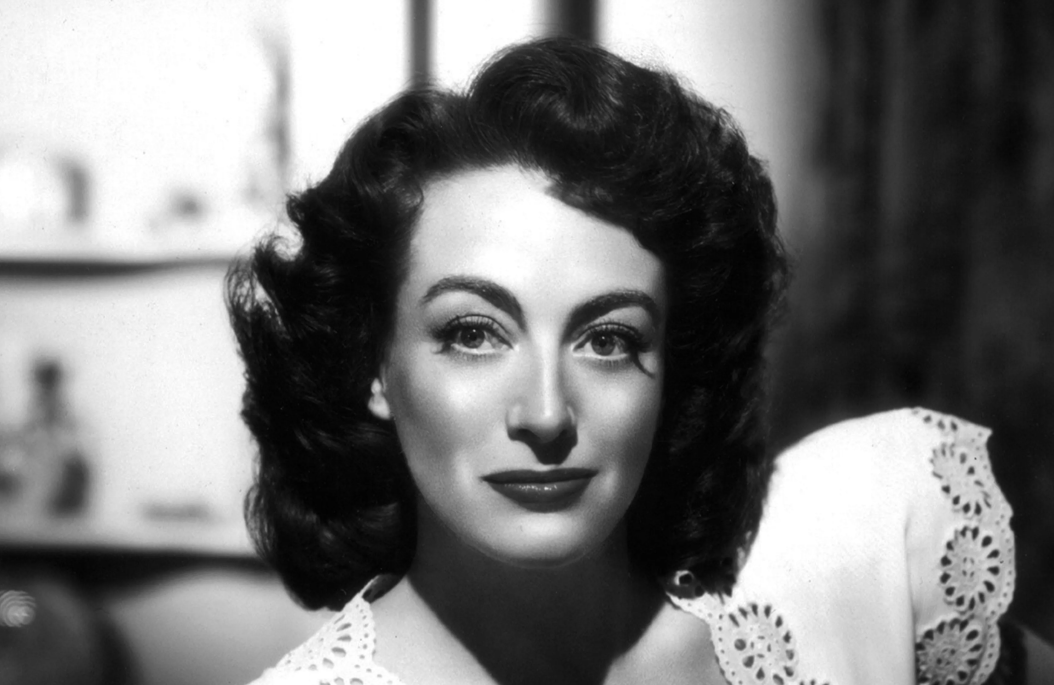
Frequently photographed with cigarettes, Joan Crawford incorporated smoking into her glamorous image with characteristic intensity throughout her career. This deliberate image choice became part of her recognizable public persona during Hollywood’s golden era. Crawford’s powerful performances culminated in an Academy Award for Best Actress in Mildred Pierce, establishing an enduring cinematic legacy beyond any personal habits. Her approach to career development demonstrated remarkable determination that translated into memorable characters. Long before “personal branding” became a business buzzword, Crawford intuitively understood how every element of public appearance affected audience perception—teaching future generations of celebrities how calculated image construction could transform attractive actors into immortal icons.
8. Nancy Sinatra
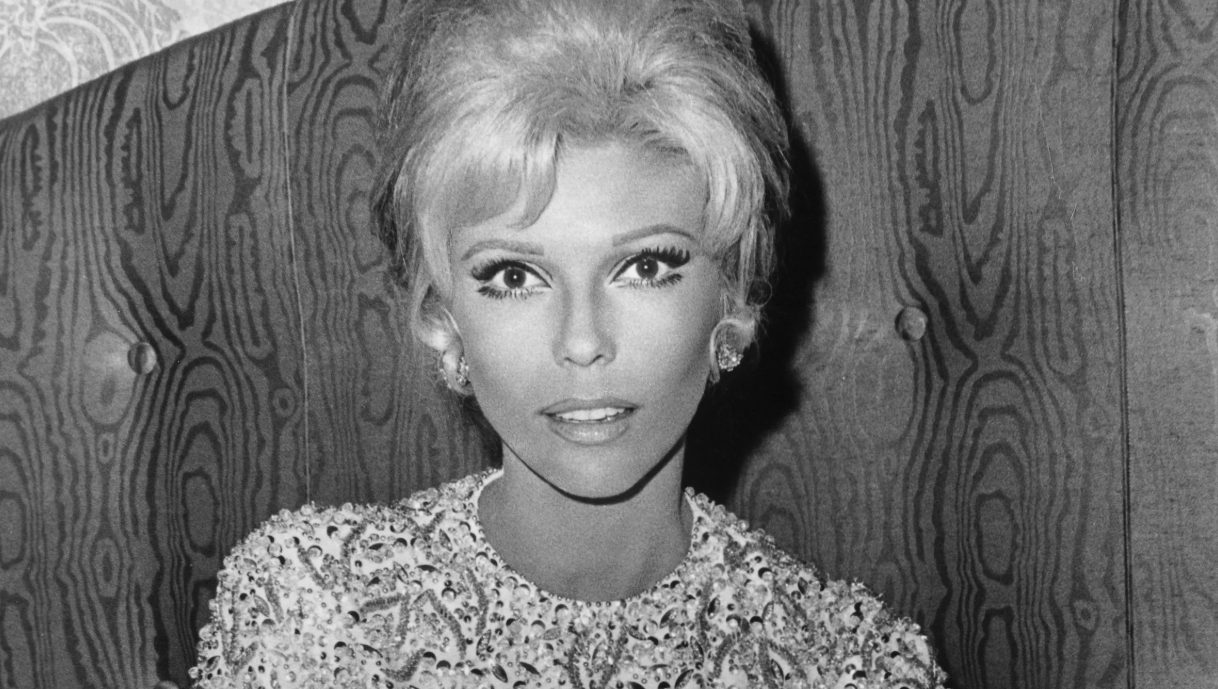
Hit songs like “These Boots Are Made for Walkin‘” established Nancy Sinatra’s independent identity beyond her famous father’s considerable influence. Her smoking habit complemented the rebellious image she carefully cultivated during the 1960s. Versatility extended to acting roles that showcased different aspects of her talent beyond her musical success. Sinatra’s distinctive voice and confident style positioned her as an influential figure during a transformative period in American popular culture. If you’ve ever struggled to escape family expectations or create your own identity, you’ll appreciate how her cigarette-wielding tough-girl persona wasn’t just fashion—it was psychological armor against being forever labeled simply as “Frank’s daughter.”
7. Rita Hayworth
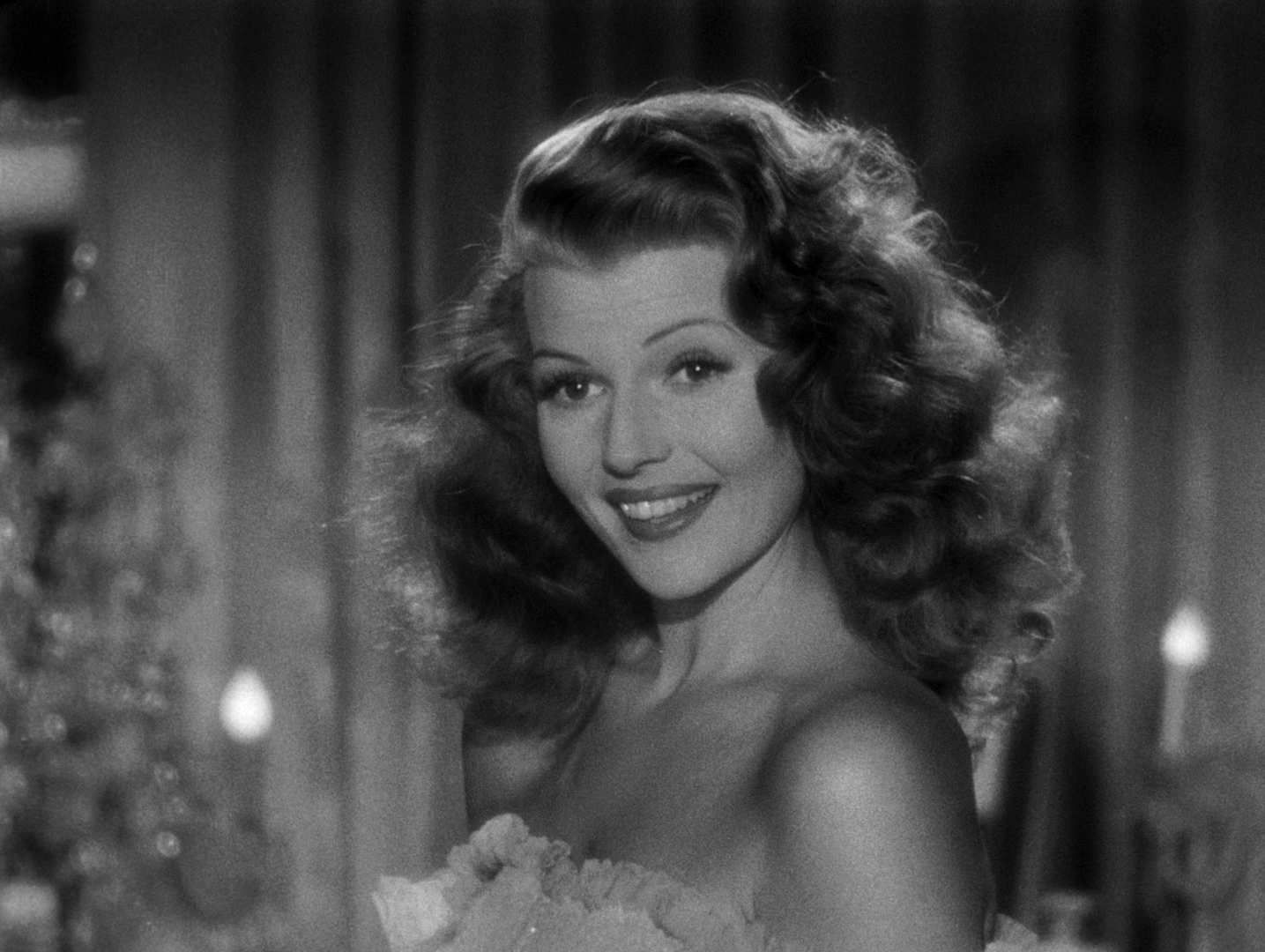
During the 1940s, Rita Hayworth’s status as one of Hollywood’s most sought-after actresses was complemented by a smoking habit that integrated seamlessly into her glamorous public image. Her iconic performance in Gilda cemented her place in cinematic history, creating a character whose sophisticated sensuality defined an era. Behind this captivating screen presence lay a complex personal life marked by dramatic relationships and private struggles rarely glimpsed by the public. Hayworth’s natural charisma transcended ordinary stardom, establishing her as a cultural touchstone whose influence extended far beyond her films. Her famous cigarette choreography in Gilda transformed a simple gesture into cinematic shorthand for female empowerment—creating a visual vocabulary for sensuality that filmmakers still reference whenever they need to show a woman fully owning her allure.
6. Faye Dunaway
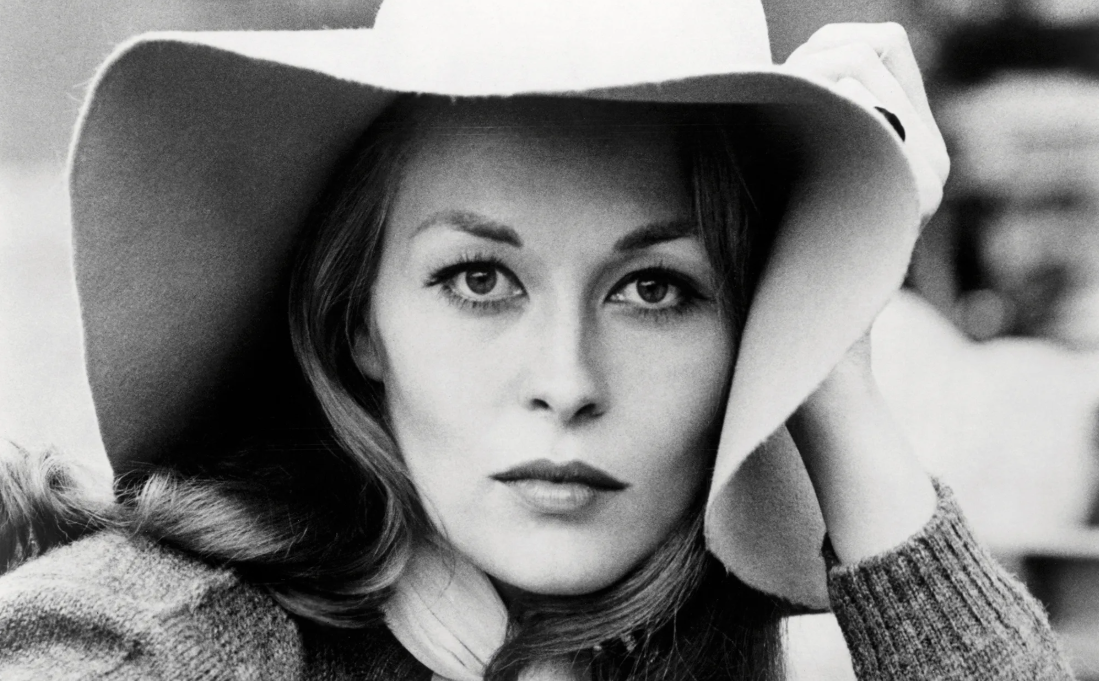
Landmark films like Bonnie and Clyde and Chinatown showcased Faye Dunaway‘s remarkable intensity that created unforgettable characters throughout her distinguished career. Her smoking habit subtly enhanced the complex, rebellious qualities she portrayed in numerous roles that defined American cinema of the 1970s. Approaching each character with extraordinary dedication, Dunaway invested herself completely in performances that earned critical acclaim and connected deeply with audiences. Her influence on American cinema established enduring standards for character development that subsequent generations of actresses studied. Watch her take a drag in Chinatown and you’ll witness the perfect marriage of actor and prop—when Dunaway exhales, the smoke doesn’t just leave her lungs but seems to carry character history with it, telling stories without words.
5. Maureen O’Hara
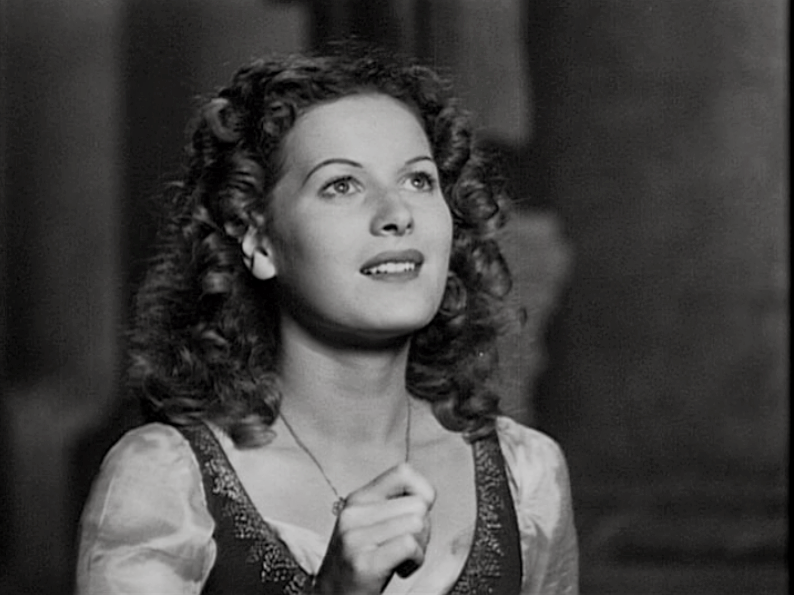
Stunning beauty combined with remarkable talent made Maureen O’Hara an enduring presence across decades of memorable performances in Hollywood. While maintaining a relatively discreet smoking habit, O’Hara’s considerable acting abilities always remained the focus of public attention. Her portrayal of strong, independent women in classics like The Quiet Man and Miracle on 34th Street established her as one of Hollywood’s most beloved leading ladies. Determination characterized both her approach to career development and the memorable characters she created on screen. Unlike contemporaries who let their smoking define their image, O’Hara understood that her fiery Irish independence needed no nicotine enhancement—her natural force of personality burned brighter than any cigarette could.
4. Cyd Charisse

Extraordinary dancing talent made Cyd Charisse one of Hollywood’s most celebrated performers, creating magical screen moments with Fred Astaire and Gene Kelly. Her smoking habit remained visible without defining her image, reflecting common practices among celebrities during her era. Remarkable performances in classics like Singin’ in the Rain and The Band Wagon secured her place in entertainment history despite limited speaking roles. Her 28-inch waist and exceptional leg extension became renowned in Hollywood, contributing to her status as one of cinema’s premier dancers. The next time you marvel at her seemingly effortless grace in those complex dance sequences, remember she achieved that perfection despite inhaling tobacco regularly—making her athletic achievements even more astonishing given what we now know about smoking’s effects on physical performance.
3. Sophia Loren
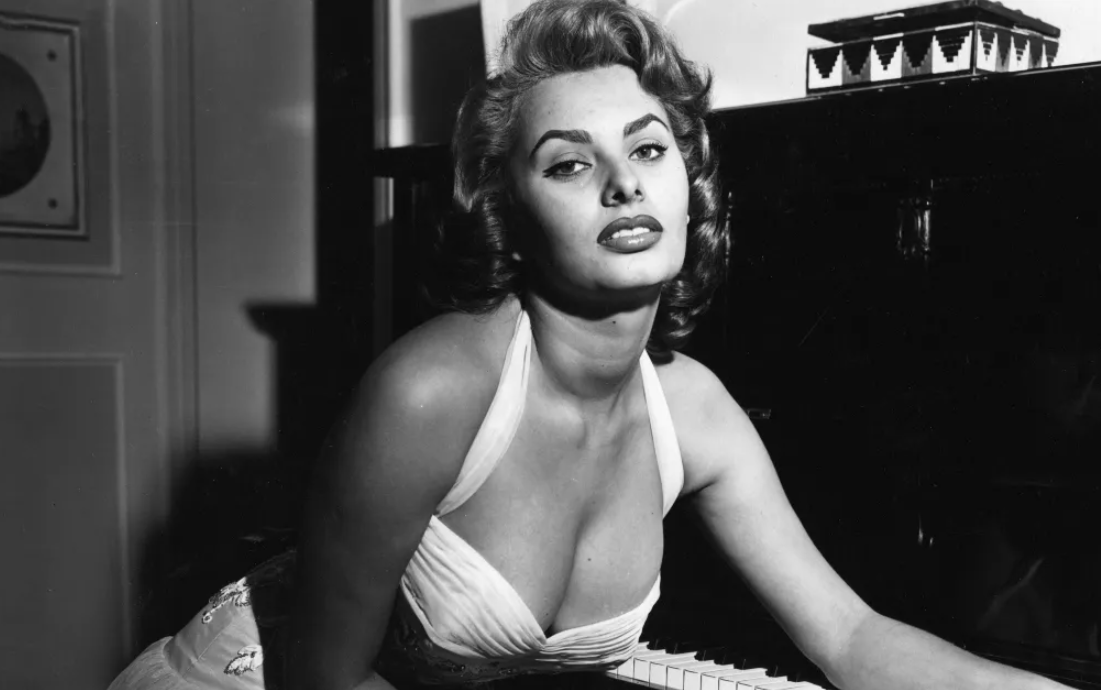
Powerful performances and distinctive beauty allowed Sophia Loren to transcend cultural boundaries, becoming an international star when few foreign actors achieved Hollywood success. Her occasional on-screen smoking integrated subtly into characters that showcased her exceptional range and emotional depth. Loren’s performance in Two Women earned her an Academy Award, confirming her extraordinary talent that continues influencing contemporary cinema. Her screen presence revealed remarkable versatility across comedy and drama that few actors of any nationality could match. While American actresses often used cigarettes as sophistication props, Loren’s occasional on-screen smoking appeared as authentic character elements—never overshadowing the Mediterranean authenticity that made Hollywood recognize not all glamour needed American packaging.
2. Peggy Lee
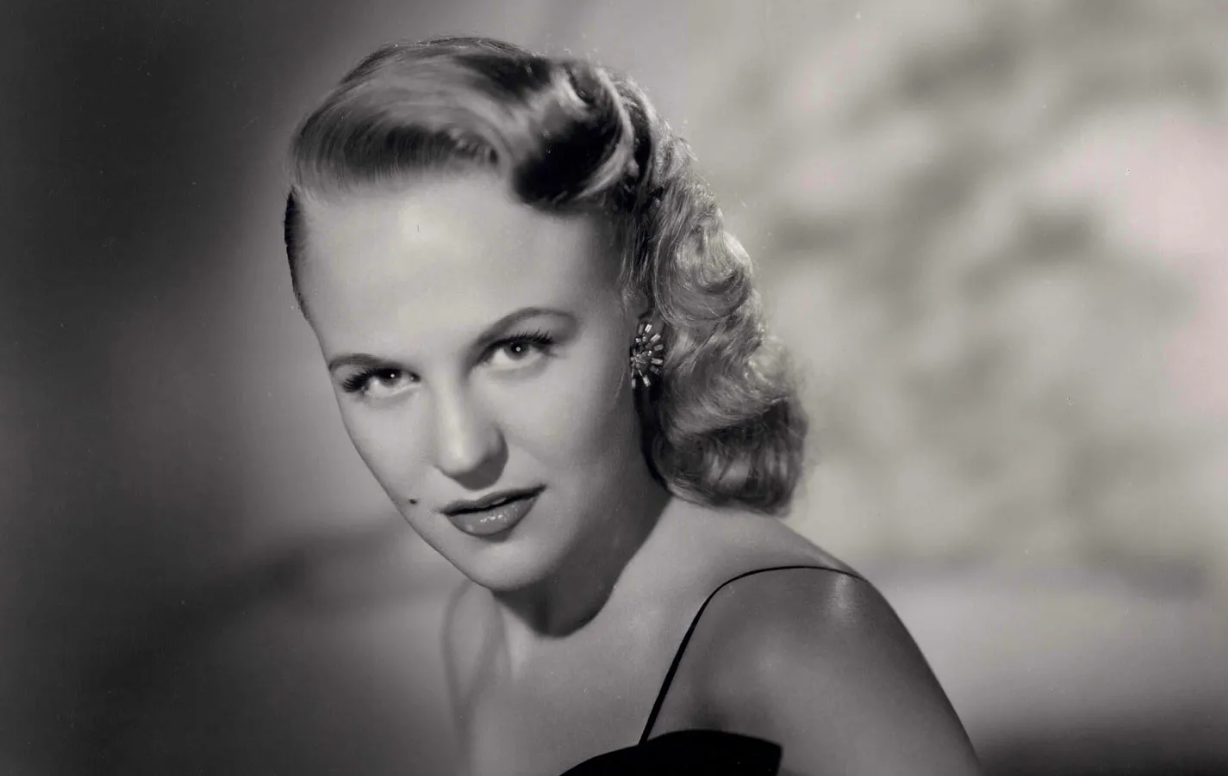
Distinctive vocal style defined Peggy Lee’s musical career, with her smoking habit contributing to the husky quality that made songs like “Fever” and “Is That All There Is?” uniquely captivating. Multiple Grammy Awards confirmed her exceptional talent through a career demonstrating remarkable versatility and artistic integrity. Lee’s carefully crafted public persona balanced sophistication with accessibility, enhancing musical performances that connected deeply with diverse audiences. Her influence extends through generations of vocalists who studied her phrasing, timing, and emotional delivery. The cigarettes that helped create her signature sound left a double legacy—both the unmistakable vocal texture that made her recordings instantly recognizable and the health challenges that eventually silenced one of American music’s most distinctive voices.
1. Kim Novak

During the 1950s and 1960s, Kim Novak brought mysterious presence to classic films like Vertigo and Bell, Book and Candle while maintaining a visible chain-smoking habit. Her performances demonstrated remarkable subtlety that continues fascinating viewers decades after their initial release. Choosing to retire from acting relatively early, Novak stepped away from Hollywood while still at her professional peak. Director Alfred Hitchcock specifically sought her unique quality for Vertigo, resulting in a performance that film critics consistently rank among cinema’s greatest achievements. You might consider her early departure from fame a tragedy, but Novak’s decision to prioritize personal authenticity over Hollywood’s manufactured mystique may represent her most courageous performance—one that traded cigarette-enhanced screen magic for the oxygen of real life away from the spotlight’s suffocating glare.











